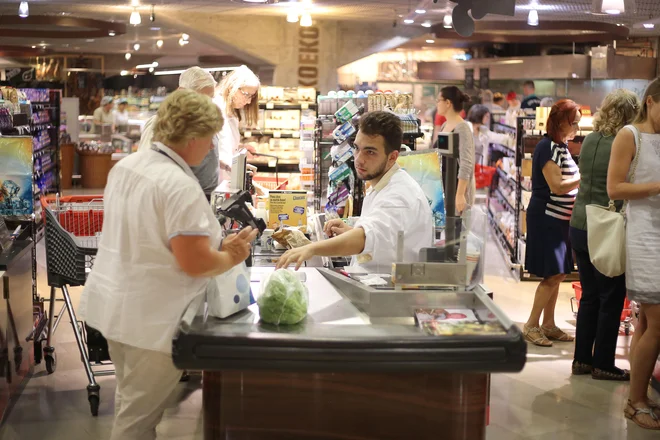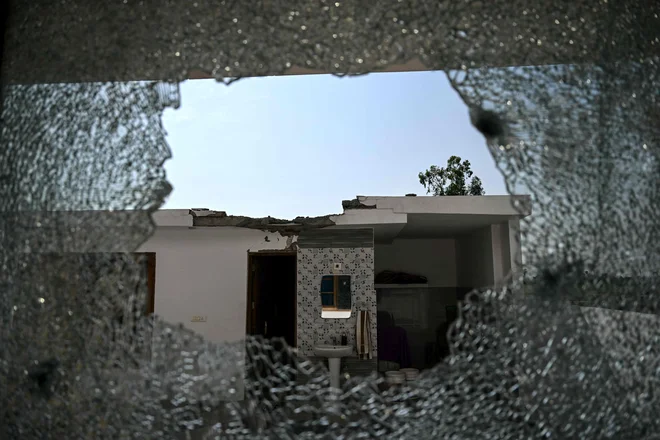In Serbia for food on average 40 percent of revenue, less than 20 in Slovenia

A resident of Serbia is on average over 40 percent of monthly revenue, an analysis of the Serbian Research Center Demostat showed. In Croatia, this share is 27 percent, and about 30 percent in Montenegro, and 18.8 percent in Slovenia, where life is more expensive compared to Western Balkans.
The average salary in Serbia was around $ 920 in January and the minimum was $ 485. The value of the average consumer basket in Serbia was $ 905, and the minimum package of emergency food and services was about $ 470.
In Slovenia, the average salary in January was 1570 euros and the minimum was 930 euros. The resident of Slovenia spends an average of 18.8 percent of revenue for food and soft drinks, 26.9 percent for transportation and communication, and 19.7 percent for housing and home furnishing. The monthly cost of the family in Ljubljana, according to the Serbian database, the Numbero data is EUR 2860 without rent. Life in Ljubljana is 21.2 percent more expensive than Belgrade and 35 percent rent, Demostat stated in analysis a few days ago.
In Croatia, the average salary in January was $ 1,392 and the minimum was $ 750. Union estimates that the average household is spending 27 percent of revenue for food, and the one with lower income is up to half. The monthly costs for the family are $ 2685, which is ten percent more than in Serbia, and rents are up 1.3 percent higher.
In Montenegro, the average salary in January was $ 1004, and the minimum was $ 600 for high school and $ 800 for highly educated ones. Residents had to deduct a good 30 percent of their revenues for food, and the total monthly cost for the family was estimated to be EUR 2190. Life in Podgorica is 8.2 percent cheaper than Belgrade, and rents are 22.6 percent lower.
The Serbian statistics, on the basis of which the competent ministry publishes the value of the basket, is considered to be a three -member family for the average household. Countries in the region, meanwhile, are based on the consumption of a four -member family.
In addition, the contents of the consumer basket in Serbia do not follow what European countries and countries in the surrounding area consider mandatory and urgent costs. In addition to the percentage of higher expenditure on education, culture, clothing and footwear, other countries in their baskets also, unlike Serbia, also items such as holidays, Demostat said.







